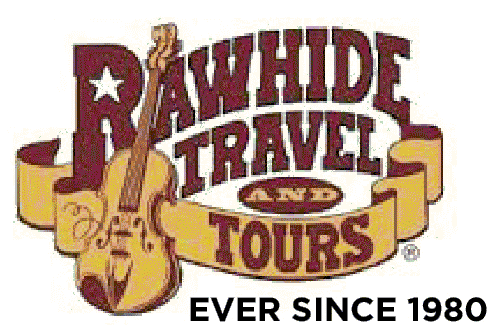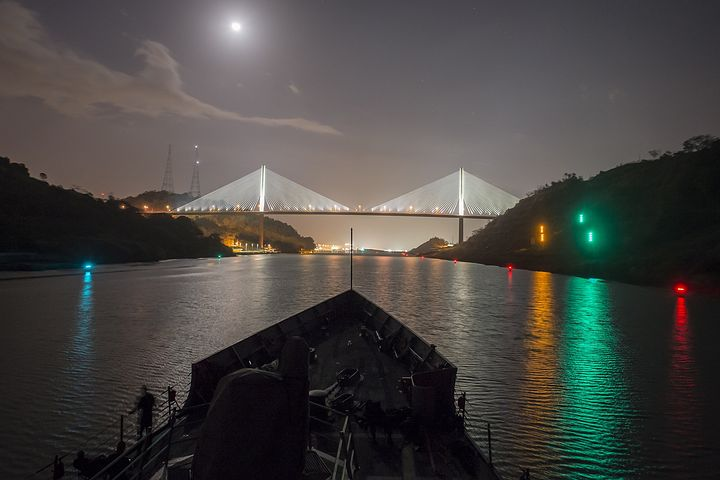
Colón, Panama – with a population of over 200,000 – is the second largest city in Panama, at the Caribbean end of the Panama Canal. The city is rich with ethnic diversity with Europeans, Asians and Arabs making up the largest part of the population. Colón was surrounded by, but not part of, the former Panama Canal Zone. It is an important port, commercial center, and tourist destination. It was made a free trade zone in 1953 and is now the world’s second largest duty-free port. So…that means lots of shopping by many of the people who visit this amazing destination. The city’s name is ethnic. Colon is Spanish for Columbus. Interestingly enough, the name of the neighboring port of Cristobal is Spanish for Christopher.
The city was founded in 1850 by Americans working on the Panama railroad. After completion of the railway in 1855, Colón overshadowed the older Caribbean ports of Panama, and with the first plans for the Isthmian canal, it took on additional prestige. Built on a swampy island, the city was notoriously unhealthy and even ravaged by yellow fever until Colonel William C. Gorgas, in charge of sanitation during the canal construction, gave it a new system of waterworks and sewerage and drained the surrounding swamps. All of these events make Colón one of the most important ports of the Caribbean Sea.
Although Colon has many interesting places to see and explore, chances are you will only be in town for a short time. So use your time wisely and consider these excursions.
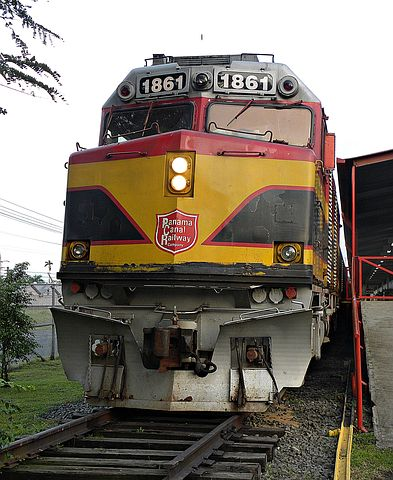
1. Panama Canal Railway
The Panama Canal Railway Company is a transcontinental railway that runs from Colon to Panama City and has been in operation since 1855. The total travel time between the two cities is only one hour so if you have enough time, a ride is well worth it. The restored coaches are luxurious with carpeted floors, wooden blinds, bathrooms, a bar and air conditioning. The train rides alongside the coast, which offers unobstructed views of the ocean, mountains and bridges. This trip is truly a picturesque wonder so make sure you take your camera along with you.

2. Shopping
If you love shopping – whether you be woman, man or child – you won’t want to miss the retail therapy of this wondrous area of the world. The Colon Free Trade Zone is a tax free area that has been existence for more than 68 years and is the largest world trade hub in the Americas.
Shopping in Colon is a treat. Avenida Central is the best destination to visit if you’re looking for local items with cheap prices. And the art of “haggling” is alive and flourishing with the street vendors who are usually willing to negotiate prices – especially at the end of the day.
This general area is also very favorable for purchasing arts and crafts. Panama Viejo is the old district of the city, home to the Mercado Nacional de Artesanías. This is one of Panama’s largest arts and crafts markets – selling all types of handmade items from vendors from around the country, including the Embera indigenous people. The Embera nation is similar to the Native Americans of North America who lived off the land – only to have lost much of it to the Spanish and others who came to inhabit the area.
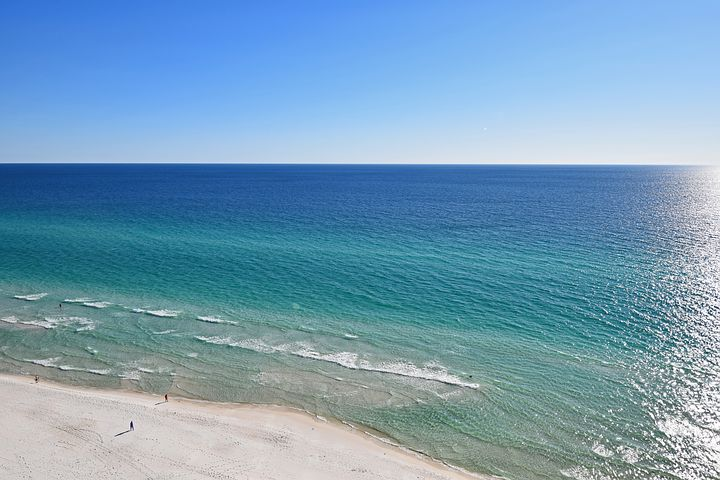
3. Playa Tortuguilla – Tortuguilla Beach, Colon
This beautiful beach contains crystal clear waters in the form of a natural pool. It is bordered by mangroves and jungle in the San Lorenzo National Park, where you’ll behold a lots of diverse flora and fauna.
This paradise is a “must see” for anyone who wants to know Costa Abajo de Colon. It is tranquil, relaxing and oozes the tropical paradise look and feel.
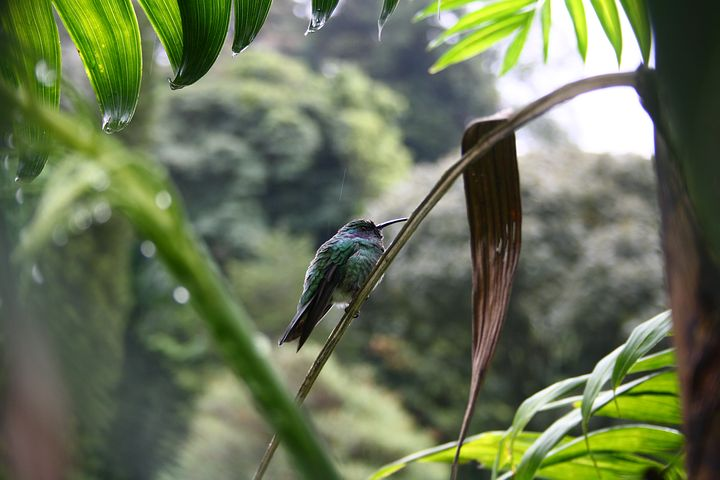
4. Panama’s Costa Arriba
Panama’s Costa Arriba shoreline is one of the most underappreciated attractions in the country. Like elsewhere in the Caribbean, this coast is laid-back, temperate, and abundant with wildlife. Colón has some of the most accessible rainforests on earth. You will find a wide range of tropical landscapes that are turning Colón into a major destination for eco-adventure with attractions available to rediscover the breath-taking harmony of nature.
Colon’s Safarick’s Zoo is a rescue and rehabilitation program and provides the best care and sanctuary for its animals. You can feed toucans in Panama’s largest walk-through aviary, see hundreds of butterflies in the butterfly enclosure, and visit sloths, capybaras and different types of monkeys for a unique wildlife experience on the Caribbean coast.
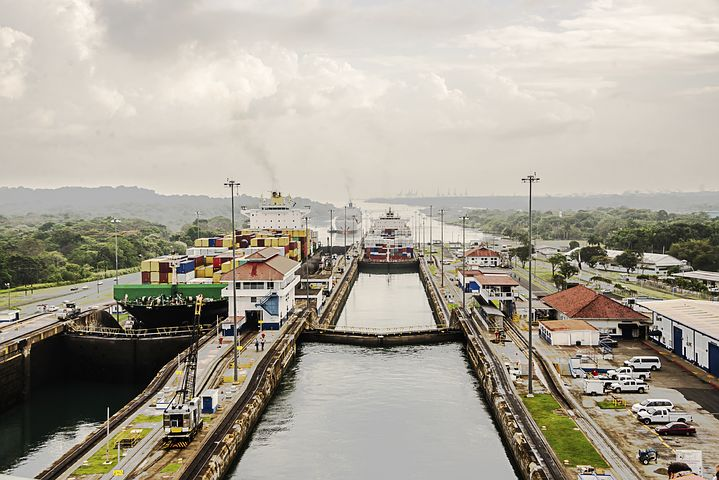
5. Three Colossal Locks – Panama Canal.
As of 2014, there are three sets of locks in the Panama Canal: the three-chambered Gatun Locks, the one-chambered Pedro Miguel Locks and the two-chambered Miraflores Locks. Each lock is built double to accommodate two independent transit lanes.
The locks on the Panama Canal lift ships to the canal’s main elevation and then down again. The ships go up in three chambers and then down in three chambers, taking about eight to 10 hours for a complete journey through the canal. This compares to 2 weeks if a ship tried to bypass the canal and travel around South America.
The Panama Canal recently turned 100 years old, but even after all of this time, it still stands out as one of the true engineering marvels of the world. While it frequently tops the “must-see” list among visitors to Panama, the Canal also plays a hugely important role in Panama’s history and the lives of Panamanians.
The US began negotiating the rights to build a canal with the Colombian Government when Panama was under Colombian rule. When negotiations fell through, The US Government and President Theodore Roosevelt encouraged the Panamanians to revolt and declare independence from Colombia. Panama declared its independence on November 3, 1903, and the USS Nashville was deployed to prevent Colombia from interfering with their independence. After declaring independence, Panama granted the US control of the Panama Canal Zone through the Hay-Bunau-Varilla Treaty.
13,000-14,000 vessels pass through the Panama Canal each year, at a rate of about 35-40 per day. And…you can take your own private boat through the canal for a fee ranging from $800-$3200. You will share locks transit with a larger ship, since it is not affordable for the locks to be operated for this cost.
Whether you prefer shopping til you drop or the sedate beauty of a sandy beach or the wonder and exotic inhabitants of the Panama rainforests, visiting Panama will be an incredible and beautiful journey – one you won’t soon forget.
References:
Things to Do in a Short Time in Colon, Panama
Travel Tips
Tammy Dray, Leaf Group Updated March 15, 2018
http://coloncity.com/
Panema for Beginners
23 Facts to Know About the Panama Canal
My Guide – Panema – Discover Panema
https://www.myguidepanama.com
5 Reasons to Visit Panama’s Costa Arriba
